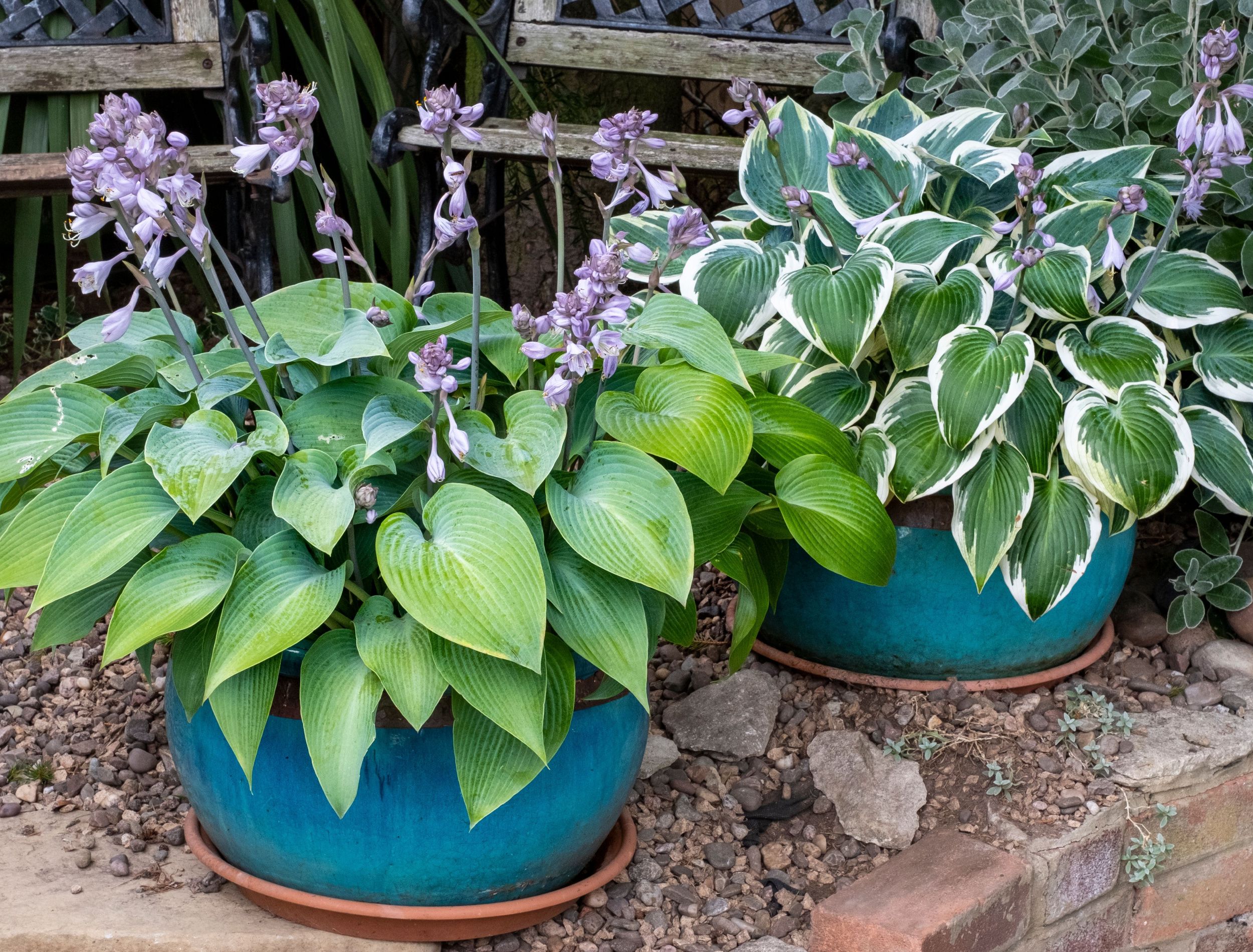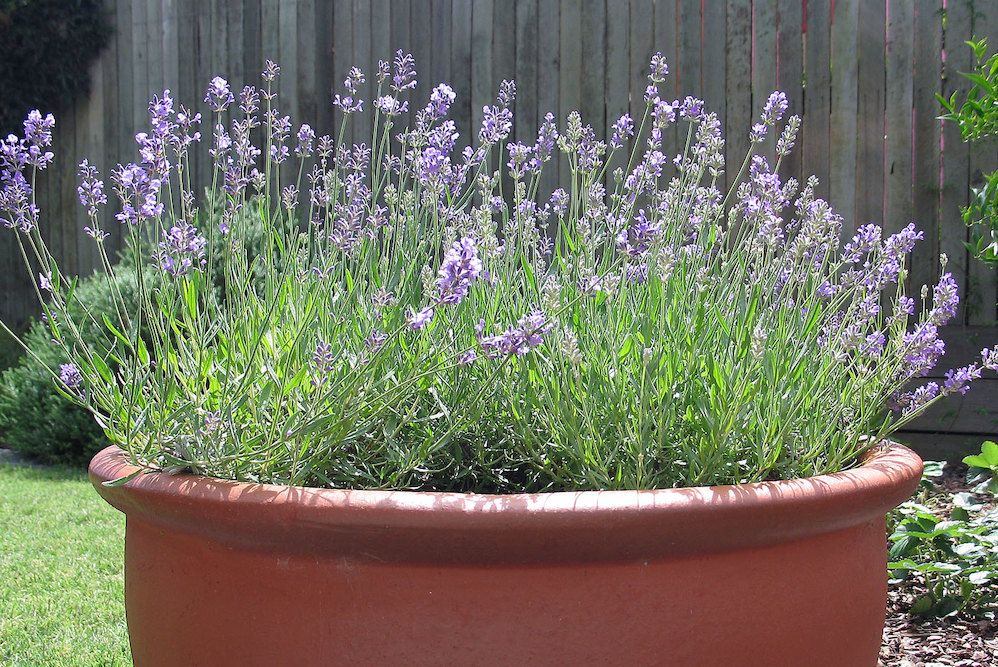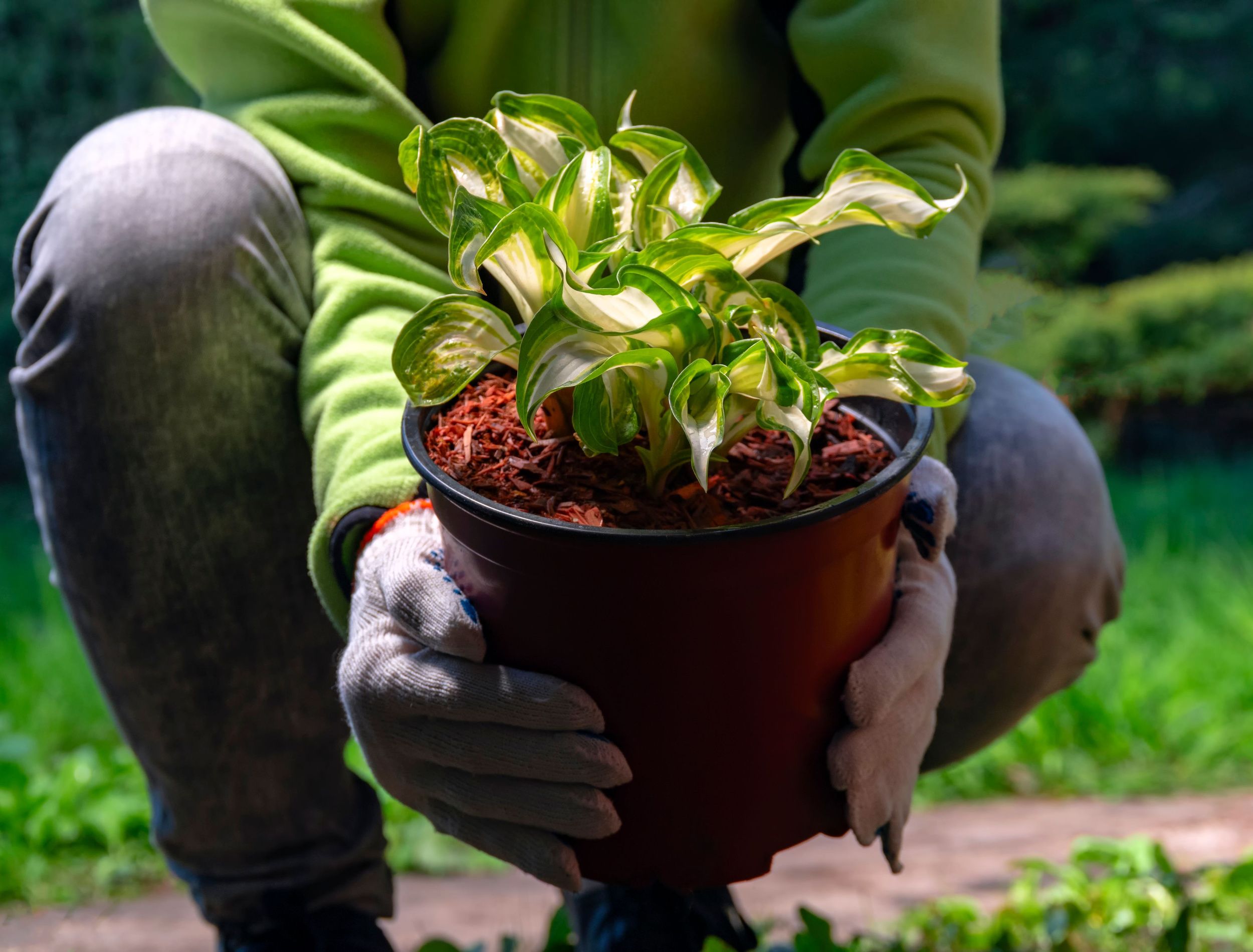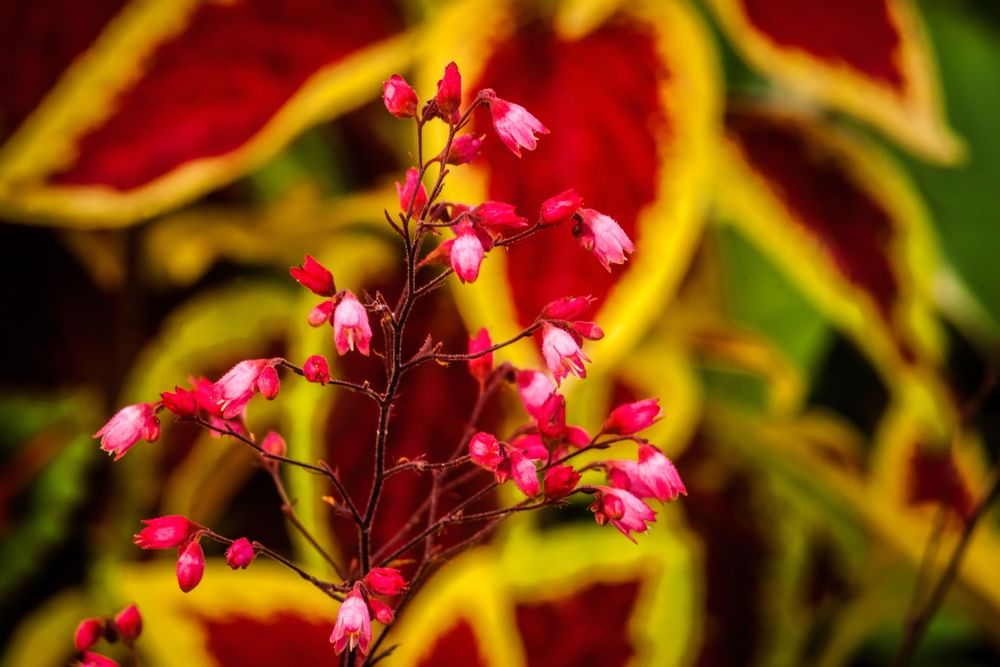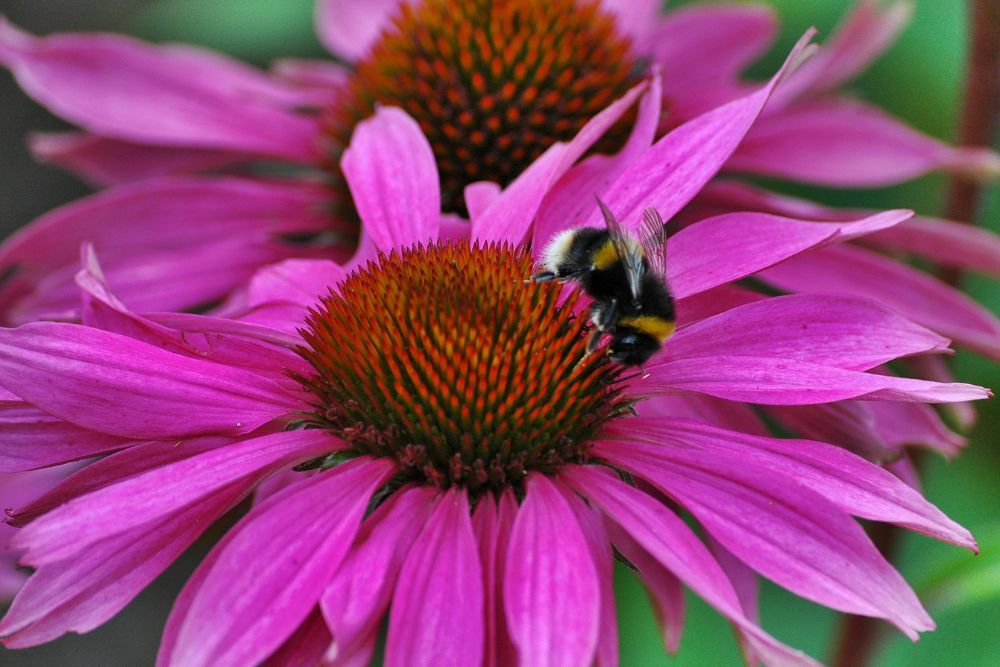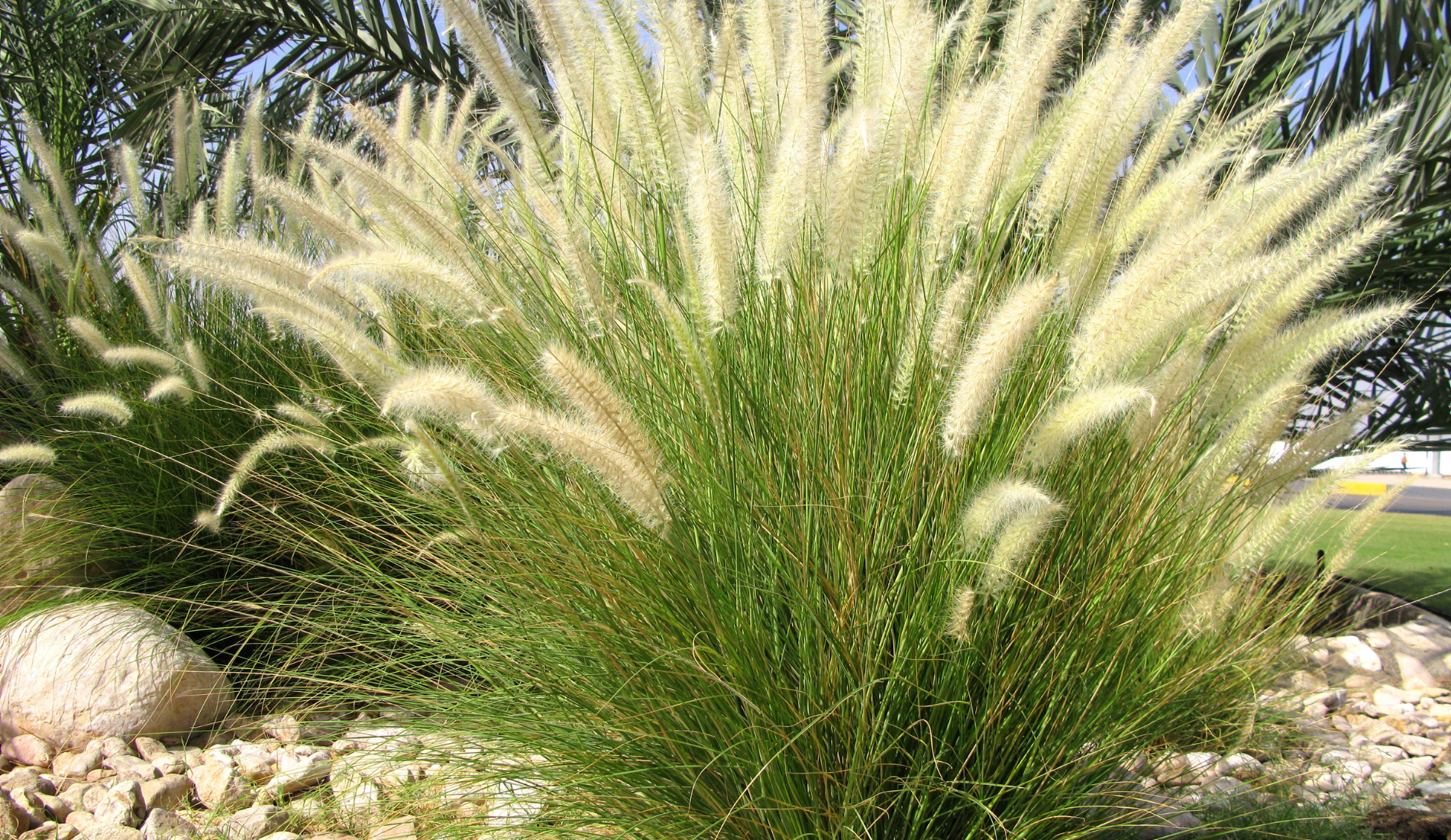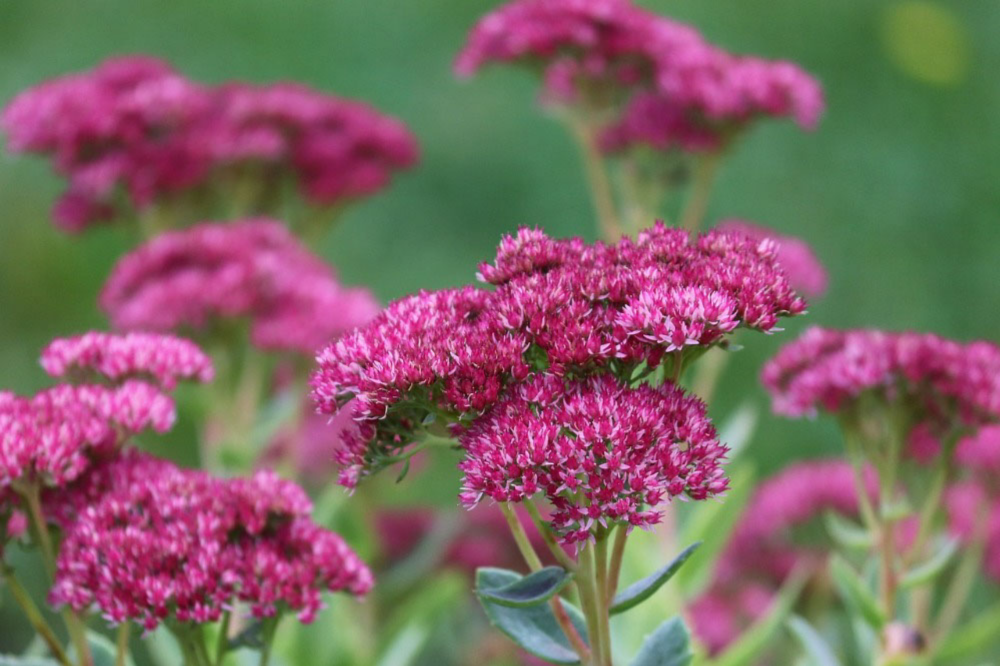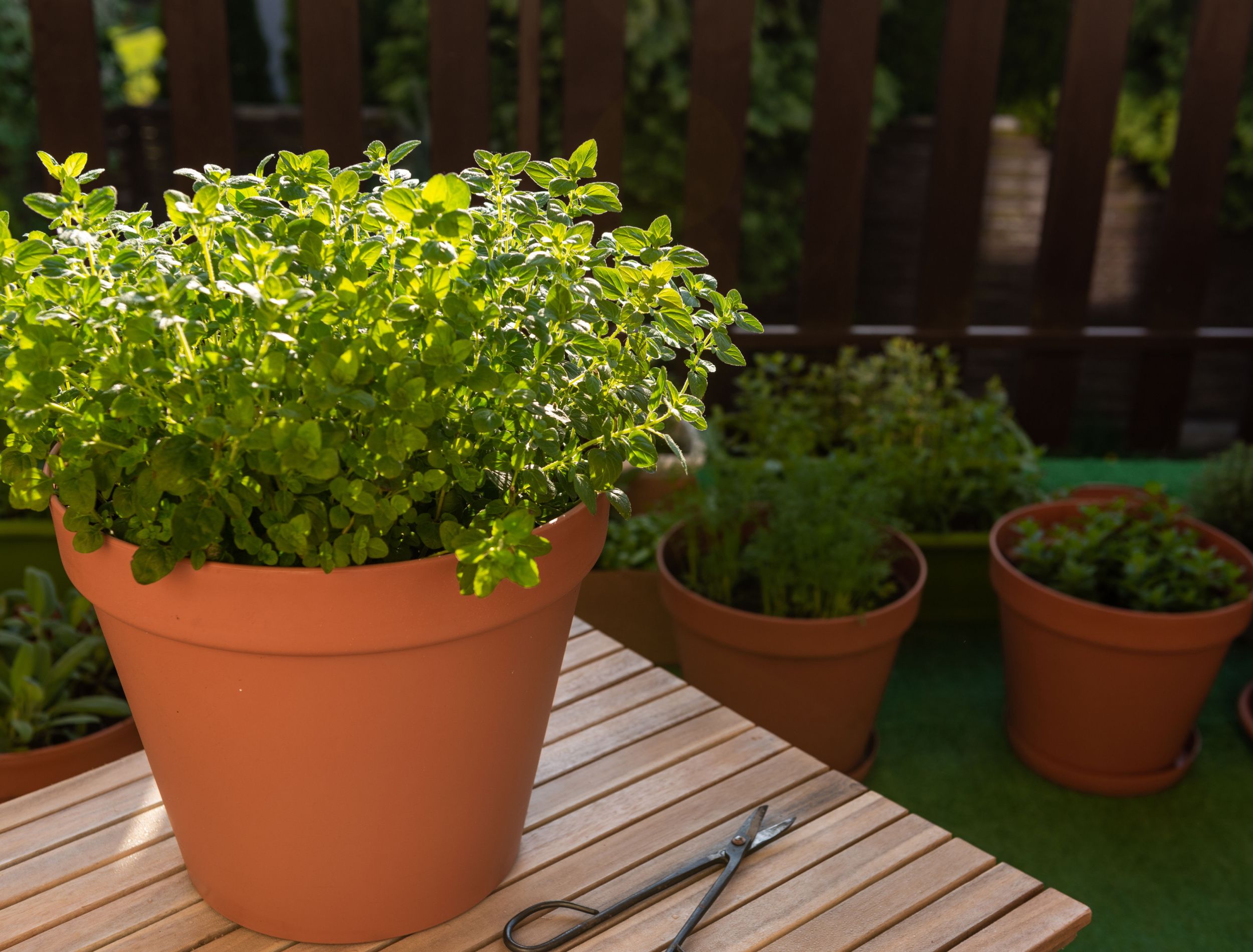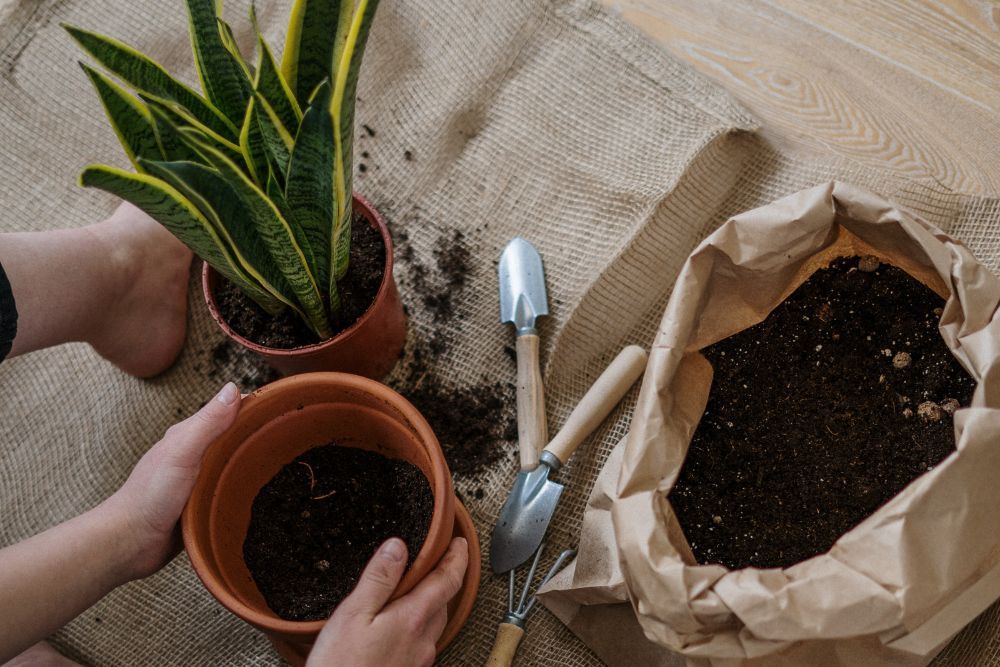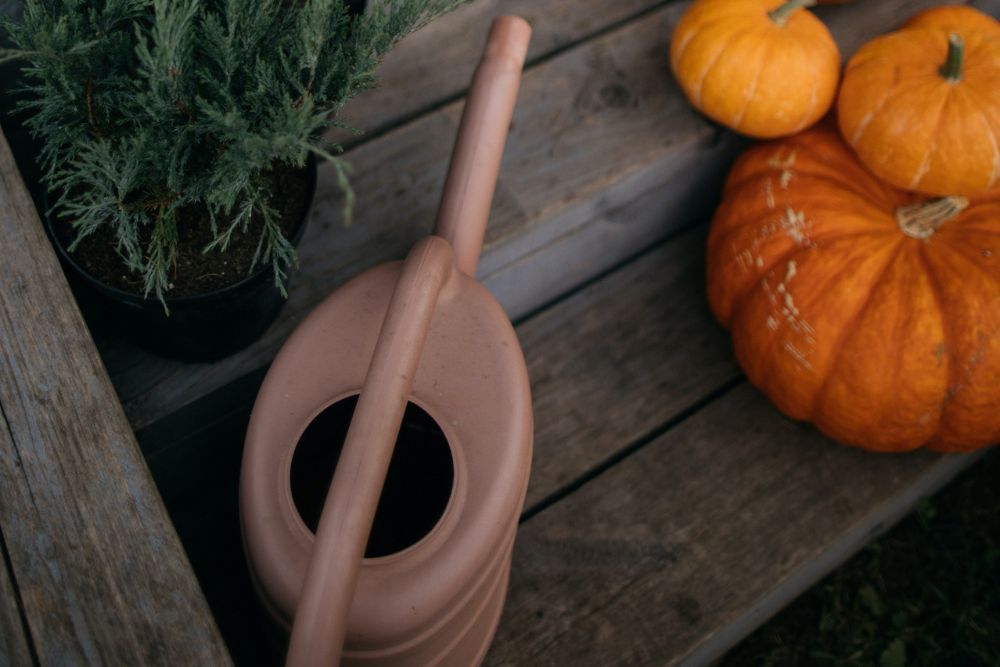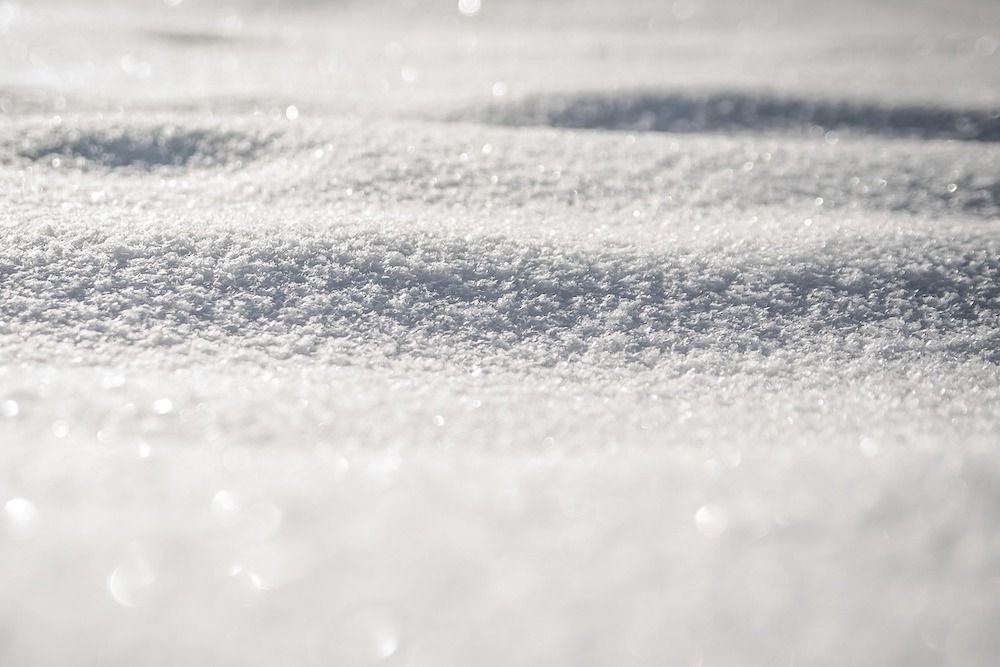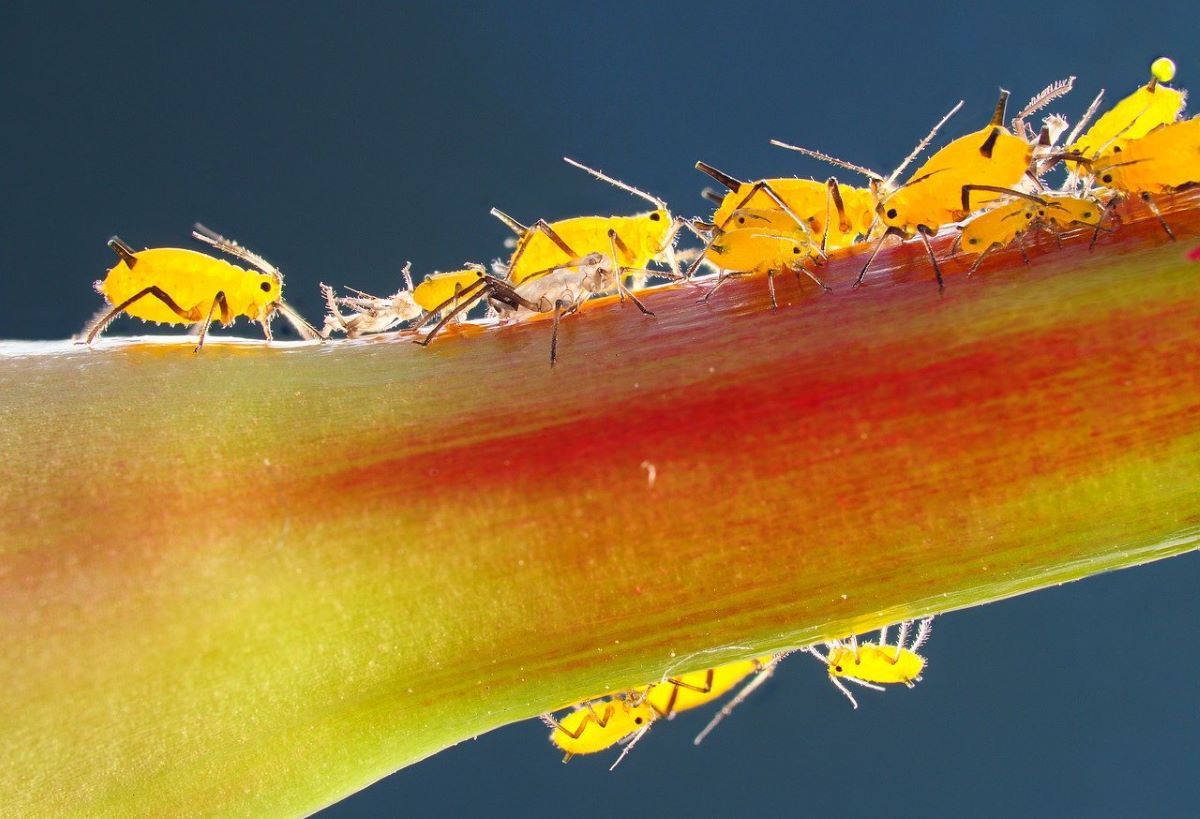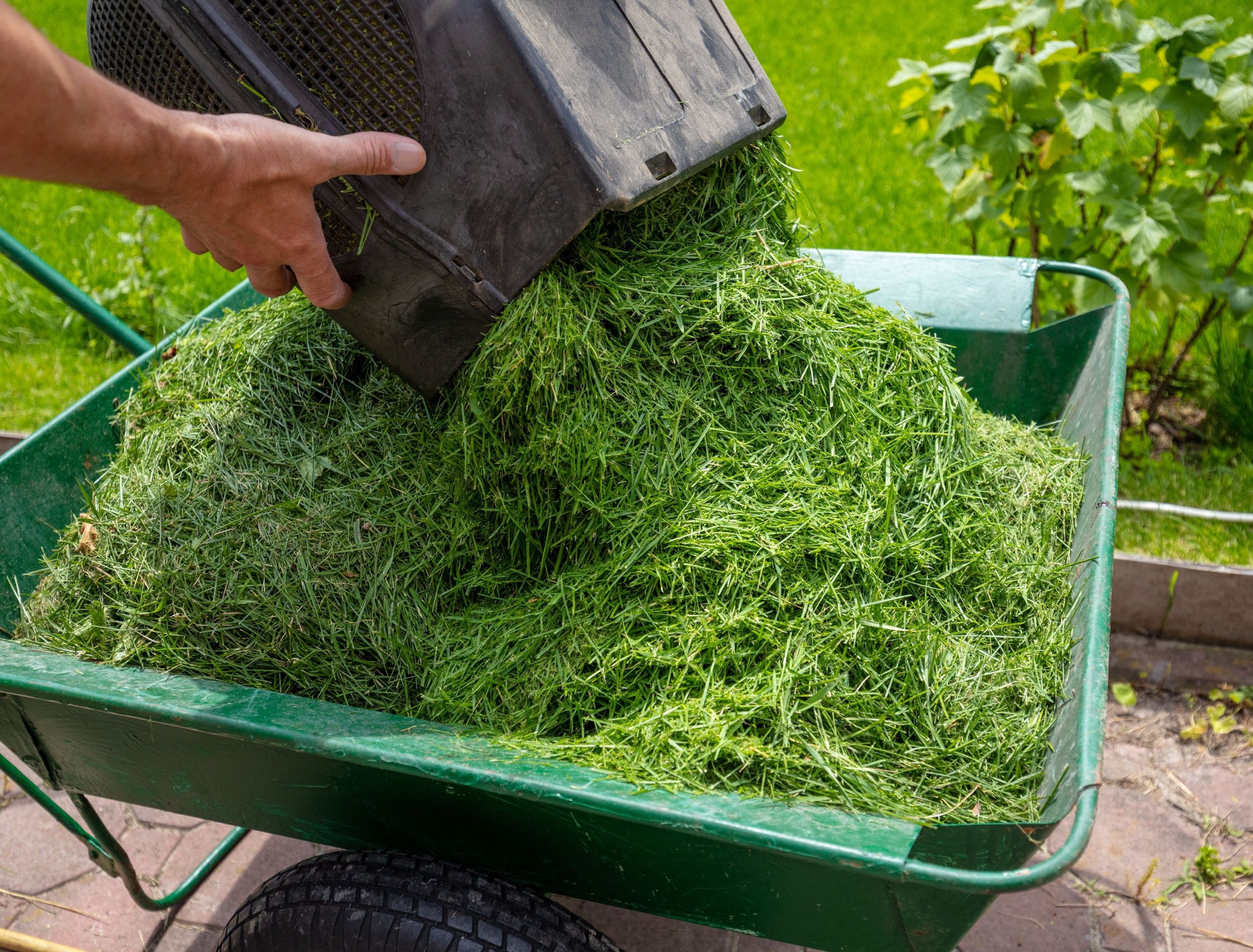Individuals seeking to bring a touch of nature into their lives find container gardening a versatile and appealing option, even when space is limited. Whether you have a sprawling garden or a cozy balcony, perennials transform your container garden into a thriving oasis that offers year-round or seasonal beauty.
Explore the top seven perennials well-suited for container cultivation. Container perennials are vibrant and enduring plants that add visual charm to your outdoor space, making them an ideal choice for novice and experienced gardeners.
Lavender
Lavender, with its enchanting fragrance and delicate purple blooms, is a perennial favorite for container gardens. Its drought-tolerant nature makes it an ideal choice for small spaces.
Opt for a 12- to 16-inch container for your lavender. Doing so gives it plenty of room for the roots to grow. Also, choose a sunny location for your lavender, as this sun-loving plant needs at least six to eight hours of sunlight daily, with well-draining soil to prevent waterlogging. Water your lavender once a week with ½ to 1 inch of water.
Pruning after flowering in spring and summer helps maintain its shape and promote healthy growth.
Daylilies
Daylilies are renowned for their vibrant, trumpet-shaped flowers that come in a range of hues. These perennials are well-suited for containers as long as they have enough space to grow, so when choosing a container, select one that is at least a gallon.
Select a container with good drainage and give them at least six hours per day of sun to keep them thriving. Water them once per week with 1 inch of water, and more if there is a heatwave.
Regular deadheading in spring encourages a more beautiful and neat appearance.
Hostas
Hostas, valued for their stunning foliage, bring texture and elegance to container gardens. With an array of leaf shapes and colors, they thrive in shaded areas, making them a splendid choice for balconies or patios with limited direct sunlight. All they need is two hours a day or less of sunlight.
When planting hostas in containers, choose mini varieties such as 'Betty Blake,' 'Gummy Bear,' and 'Stephen.'
Choose a container a bit smaller than the size of a mature plant (for a mini hosta, that may mean 3 inches; for a big hosta, the number jumps to 3 feet) and give them 1 inch of water per week to ensure each hosta's lush appearance.
Coral Bells
Coral bells have striking, ruffled blossoms that come in a spectrum of colors, from rich reds to vibrant pinks.
These perennials add a touch of drama to container gardens and tolerate partial sun for four to six hours per day. To keep your coral bells healthy, plant them in a 12-inch pot, provide adequate airflow around the leaves, and give them 1 inch of water per week to prevent drying out
Coneflowers
Coneflowers, with their distinctive purple daisy-like flowers and prominent cones, are a beacon for pollinators. These perennials thrive in 3-gallon containers with well-draining soil and full sun exposure for six hours a day. Regular deadheading not only promotes continuous blooming but also prevents self-seeding.
Once established, these stunning flowers are drought-tolerant, so check the soil to a depth of 1 inch. If it's dry, give them 1 inch of water per week.
Ornamental Grasses
Ornamental grasses lend a graceful and dynamic element to container gardens. Their feathery plumes and swaying foliage add movement and texture.
These perennials are relatively low maintenance, requiring only occasional trimming to remove dead growth. When choosing a container, there is no one-size-fits-all solution. Keep in mind the variety of grass. For example, Hakone grass, Japanese forest grass, and fountain grass have shallow roots, and you can get by with a 5- to 6-inch-deep pot. However, grasses with a much larger root system, like giant reed, big bluestem, and blue grama, need a pot twice as deep as it is wide.
Place them in an area that receives a full six to eight hours a day of sunlight, and water your grass sparingly as they are drought tolerant
Sedums
Sedums, often called stonecrop, are drought-tolerant perennials that thrive in container gardens. Their fleshy leaves come in various shapes and sizes, adding visual interest to your arrangement.
Sedums are suitable for beginners, as they require minimal care and withstand periods of neglect. Ensure well-draining soil, give them six to eight hours a day of sunlight, plant them in 12-inch pots, and provide 1 inch of water per week to keep your sedums flourishing.
Nurturing Perennials in Containers: Essential Tips and Tricks
Cultivating perennial plants in containers offers a rewarding and space-efficient way to create captivating garden displays. To ensure the longevity and vitality of your container-grown perennials, thoughtful care and attention are paramount.
Select the Right Containers
Choose containers with proper drainage holes and sufficient depth for healthy root growth. Opt for materials that provide insulation and prevent soil overheating, such as plastic, ceramic, or terracotta.
Quality Potting Mix
Use a high-quality potting mix with water retention, good drainage, and aeration. Opt for a potting mix with vermiculite, sphagnum peat moss, and perlite. Avoid garden soil, as it may become compacted and hinder root growth.
Water Wisely
Regular and consistent watering is crucial for container perennials, as the soil dries out much faster than it would in the ground.
Monitor moisture levels and water when the top inch of soil feels dry. Be cautious not to overwater, as soggy soil leads to root rot. Water early in the day to minimize fungal issues.
Protect From Extreme Conditions
Container-grown perennials are more susceptible to temperature fluctuations. Protect them from harsh weather by moving containers to a sheltered area or providing insulation during winter.
Monitor Pests and Diseases
Regularly inspect your plants for signs of pests or diseases. Early detection allows for prompt treatment, minimizing damage. Consider using natural remedies, like neem oil or baking soda, to maintain a healthy garden ecosystem.
Mulching
Apply a layer of organic mulch — such as straw or grass clippings — on the soil surface to conserve moisture, regulate soil temperature, and inhibit weed growth. Mulching also contributes to a neat and polished appearance.
Cultivating Timeless Beauty in Containers
Container gardening opens possibilities for cultivating nature's beauty in the most confined spaces. The choice of perennials plays a pivotal role in determining the success and longevity of your container garden. By selecting perennials that align with your space, light conditions, and maintenance preferences, you can create an enduring oasis that brings joy year after year.
Leave a comment below to share your thoughts on perennial container gardening, and remember to share this guide with your family and friends. By spreading the knowledge and joy of perennial container gardening, you're contributing to creating vibrant, sustainable, and beautiful living spaces.

